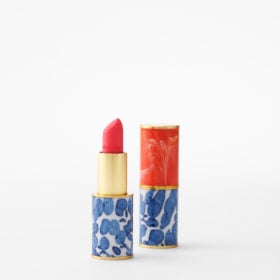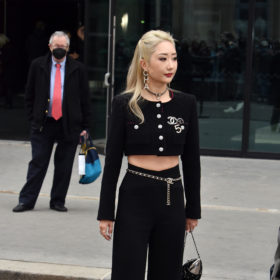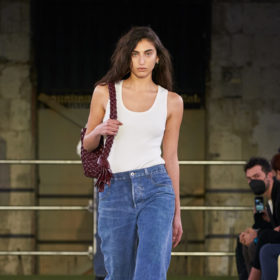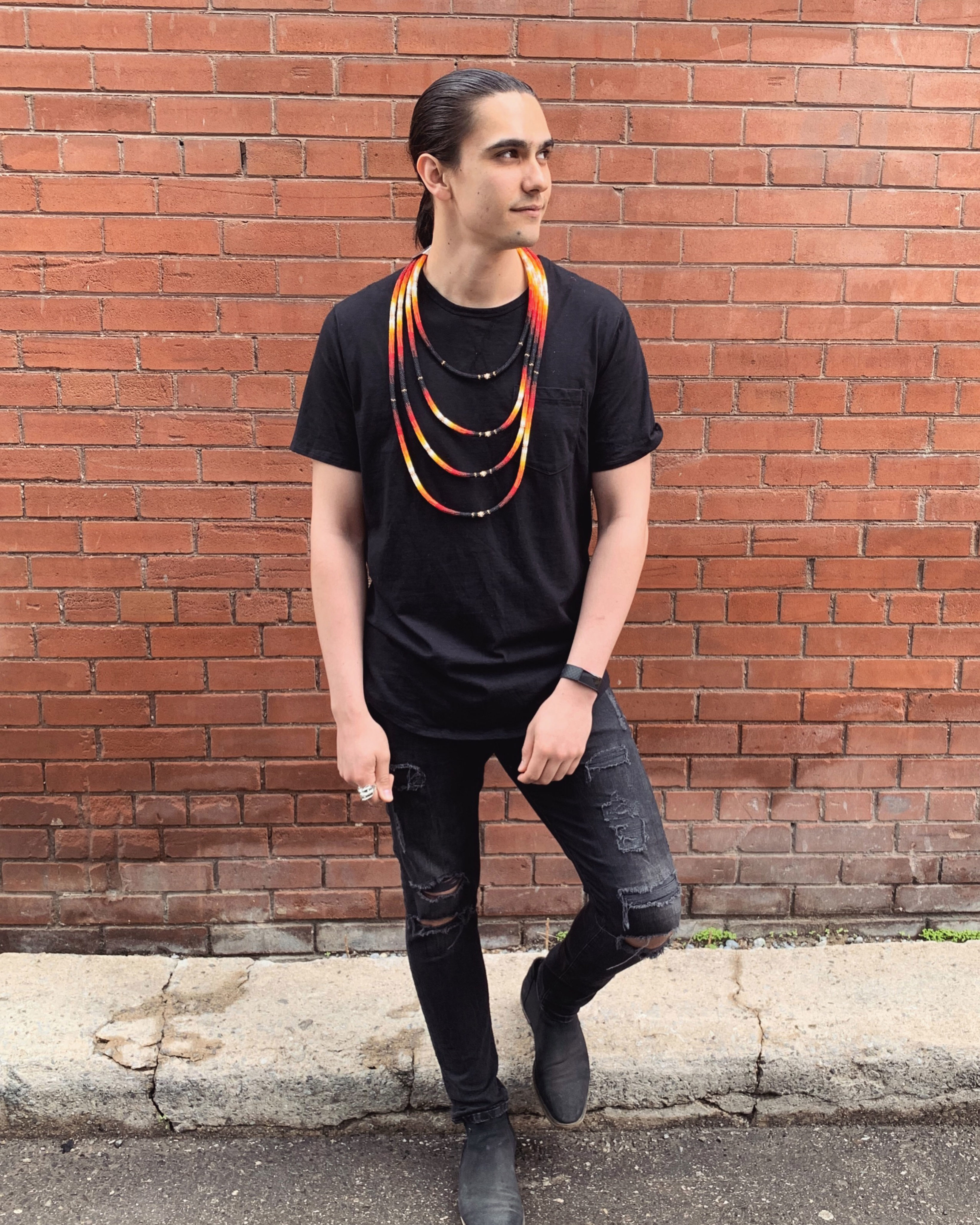
June 21, 2021 at 05:38PM
On June 23, the Council of Fashion Designers of America will present its second of two talks, hosted by Vogue editor and author Christian Allaire, which focus on Indigenous representation in the style industry. The panelists for this upcoming virtual event include designers Orlando Dugi, Anna Sheffield and Korina Emmerich; Indigenous Fashion Week Toronto founder and artist, Sage Paul; and Riley Kucheran, an assistant professor at Ryerson University’s School of Fashion and advocate for the Indigenous design resurgence.
Given the CFDA talk’s theme, “Opportunities to Foster and Preserve the Crafts of the Native American and Indigenous Design Community”, Kucheran will lend a particular expertise to the discussion. For FASHION’s Summer issue, Kucheran spoke to us about the work he has done in the academic world to support the traditions and artistry of Indigenous peoples, and his exploration of Two-Spirituality through design.
What’s your earliest fashion memory?
“This will date me as a millennial, but The O.C. comes to mind — that Californian ‘Hollister’ look, with two polo shirts layered and popped collars. I grew up in a very small town, of under 3,000 people, so this ties into the kind of dreaming I was doing about leaving there.”
What else has played a part in your style journey?
“In high school, I had a monthly subscription to Vogue and GQ. Even back then, my desire to engage in fashion and express myself was quite limited by gender. I saw haute couture in Vogue and was very drawn to that, but I was also reading GQ and finding that the notion of ‘fashion’ only went up to a certain point in terms of suits; male self-expression felt quite limited to things like wacky socks or a colourful tie. I admire men who experiment with shape and colour and fabrics. I have a beadwork-detail suit by Justine Woods that I feel is a step toward my being more comfortable in expressing my love of design and multiple gender identities. It’s an important piece because it also represents me moving toward thinking about fashion more critically. It was made for me at a time when I was starting to learn more about Indigenous fashion and Two-Spirituality.
ADVERTISEMENT
ADVERTISEMENTKate Spade Autumn/Winter Sale |
“I’m also dressing for my role as a professor teaching design leadership. But that’s not necessarily a good thing because I want to question the notion of who should be at the front of a classroom. I don’t think it should just be an older person wearing a patched tweed blazer.”

How does this tension inform your work?
“I wanted to get into the university system to change it and to get into the fashion industry to change it. I very much consider myself anti-capitalist and probably anti-fashion, too. That is to say, our notion of seasonality and trends, our desire for novelty, the pace of consumption — all of these come from fashion, and other industries have adopted its practices. Fashion is also a tool of colonization, historically used to enforce cultural assimilation and now used to reduce whole cultures into commodities.
“I’ve been really fortunate to have the support of my faculty colleagues, who encouraged me to add three new courses to the curriculum. There’s Indigenous Fashion 101, which introduces students to Indigenous philosophies and approaches to design that are inherently sustainable and socially responsible; it examines a few different culturally specific designs, history and colonization, ethics and cultural appropriation, Indigenous fashion weeks and Indigenous forms of entrepreneurship. Then there’s Indigenous Craft Practices and Land and Fashion, which are upper-year courses where we can travel and engage directly with communities — rural and urban. I’ve also been able to adapt existing courses. I taught one on design history that was previously very canonical: It focused on the ‘iconic designs’ of the 20th century and ‘good design’ from exclusively European design movements and mostly white male designers. I widened the scope and provided examples of Indigenous design and design before the Industrial Revolution; we also discussed the intersections of design and colonization, capitalism, race and gender. I’m probably most excited about an accessory design course that I adapted this past semester. We engaged knowledge holders like Amber Sandy and Janey Chang to help us create our own fish-skin leather. It’s an Indigenous practice found globally, and it can teach us a lot about cultural heritage, reciprocity, slowing down and respecting the process and using fashion to make political statements.”
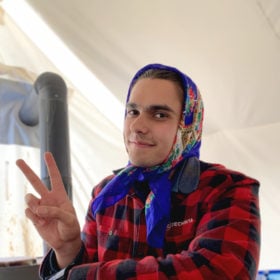
What are you hoping to encourage in the communities you’ve been a part of this year?
“I’m now living in a small town, Zooming with my classes and spending more time on the land chopping wood and collecting water. One’s priorities aren’t necessarily looking a certain way — it’s more about function than expression. At one point, I was dressing very butch, in plaid shirts, tech pants and hiking boots; I hadn’t been shaving, and I looked very gruff and masc. One day, I woke up and it was like a switch had been turned off: I shaved, cleaned up and put on what we call a kokum [granny] scarf. I went out looking so femme and was joking with the elders about how they’d never seen a man wear a scarf like that. This was important during a semester of land-based teaching; the community got to see a kind of ‘switching’ of gender. Queer people in smaller communities often end up leaving because they want to find others like them. So, expressing yourself outside of gender binaries becomes even more important when you’re not in a larger city. There was a dormant period when queer and trans expression had completely gone underground in order for it to survive. Now, it’s about finding, re-establishing and reaffirming that every community has queer and Two-Spirit members.”
Next, read about 5 practical ways to support Indigenous communities, including educational resources to read, organizations to donate to and Indigenous creators to follow.
The post Get To Know Indigenous Design Advocate and Fashion School Prof, Riley Kucheran appeared first on FASHION Magazine.
Read More Fashion News
Author Odessa Paloma Parker | Fashion Magazine
Selected by CWC
ADVERTISEMENT
ADVERTISEMENTUp to 30% off Gift Sets |




